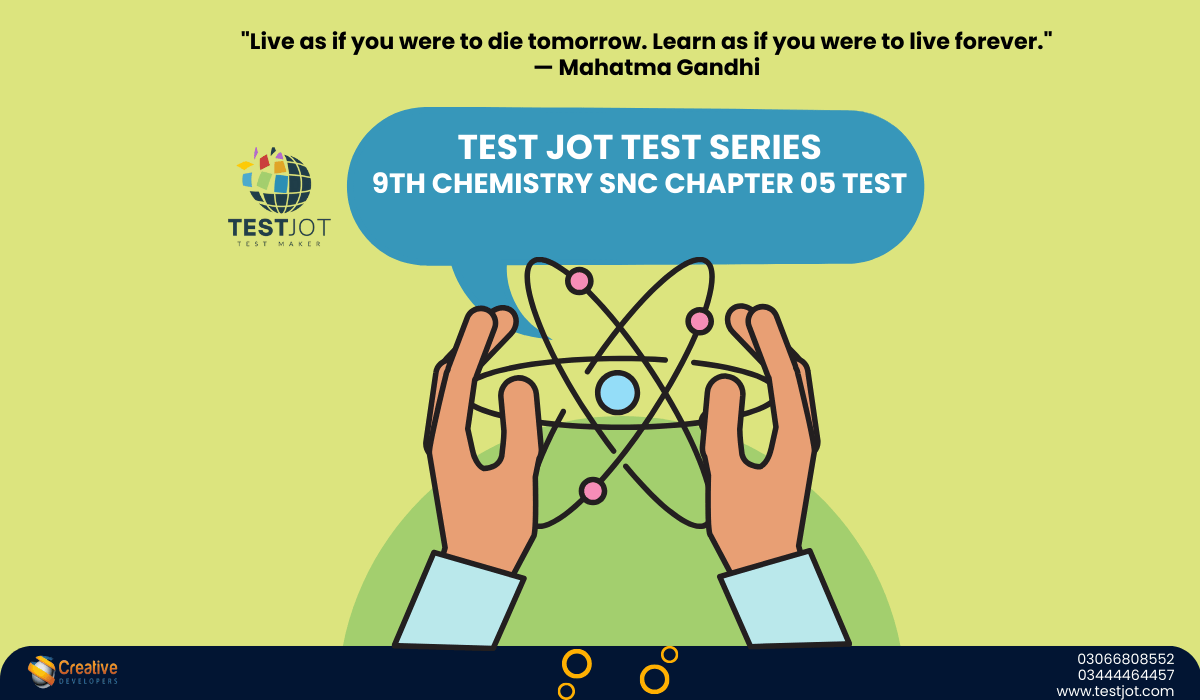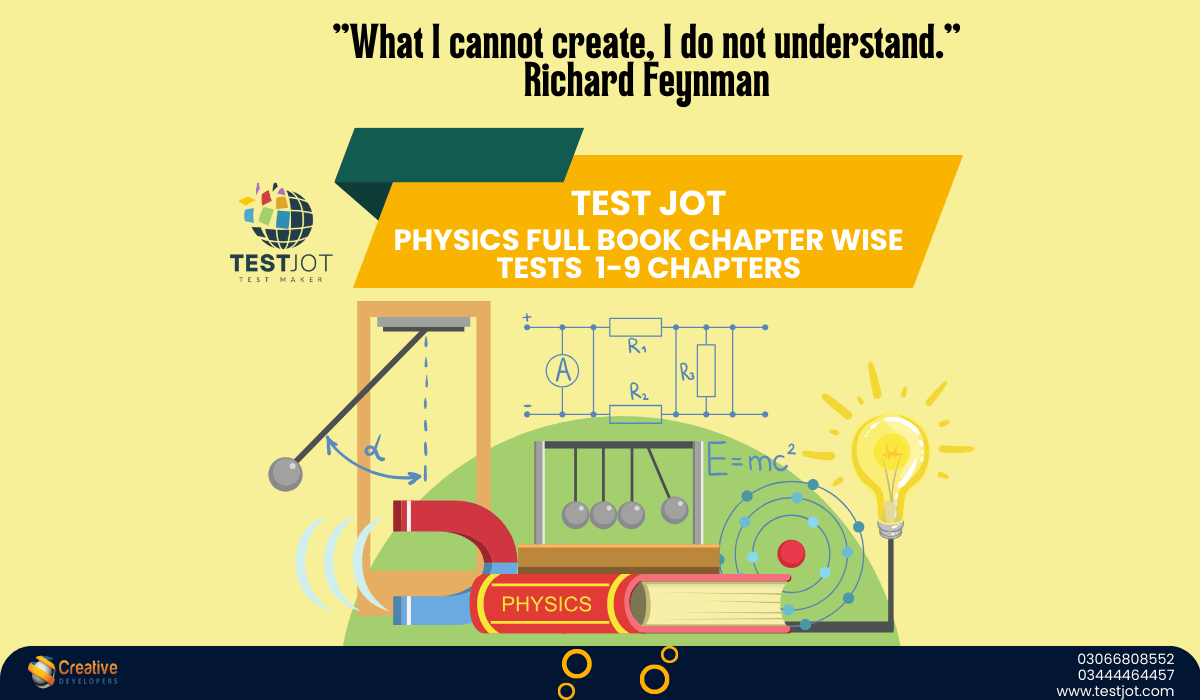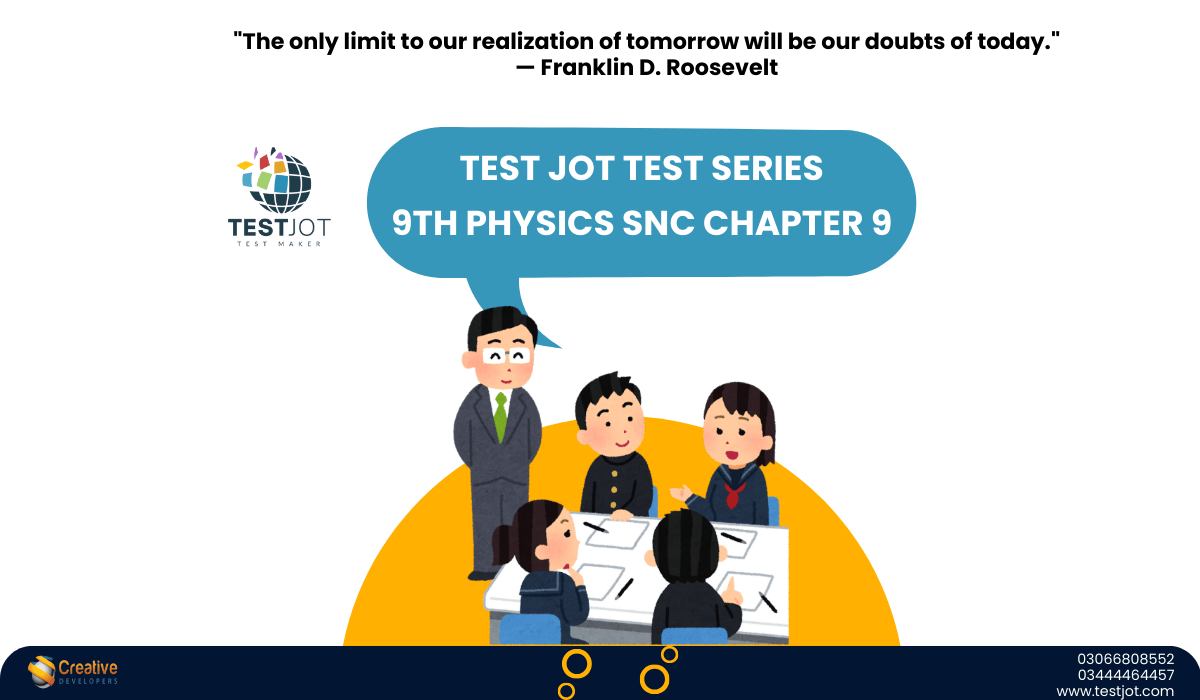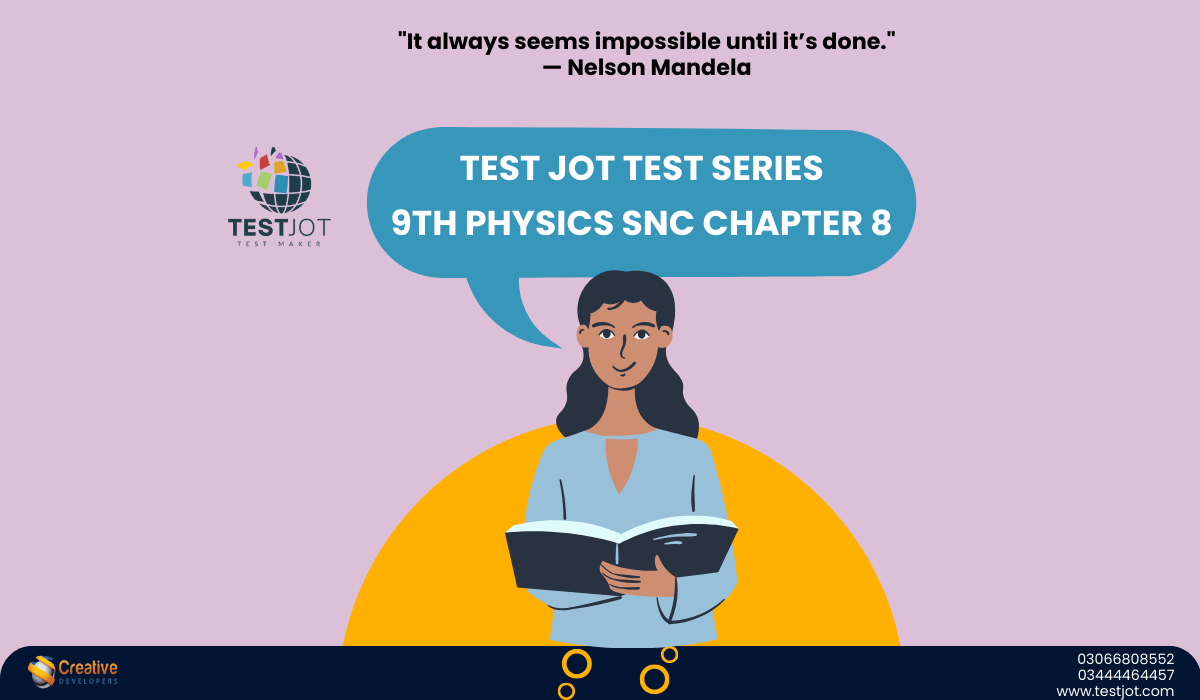Unlocking Energy Secrets: Your Guide to 9th Grade Chemistry Chapter 5
Chemistry isn’t just about mixing chemicals—it’s about understanding the energy that powers everything from campfires to cellular processes. In Chapter 5: Energetics, you’ll explore how energy drives reactions, why some processes feel hot or cold, and even how your body fuels itself. Let’s break it down like a thrilling science adventure!
What’s Inside Chapter 5?
This chapter dives into the invisible force behind every chemical change—energy. Here’s your roadmap:
- System & Surroundings: Think of a campfire (system) warming you (surroundings)—learn how energy moves between them.
- Enthalpy: The “heat currency” of reactions. Discover why some reactions are energy-rich (like burning wood).
- Exothermic vs. Endothermic:
- Exothermic: Releases heat (e.g., hand warmers).
- Endothermic: Absorbs heat (e.g., ice packs).
- How Reactions Happen: Uncover the role of activation energy—the “push” needed to start reactions, like striking a match.
- Respiration: Compare aerobic (with oxygen) and anaerobic (without oxygen) processes—how your muscles fuel sprints vs. marathons!
Why Does This Matter?
Energetics explains real-world phenomena:
- Cooking: Why baking bread requires heat (endothermic).
- Environment: How fossil fuels release energy (exothermic).
- Health: Why you pant during exercise (aerobic respiration needs oxygen).
Mastering this chapter helps you predict energy changes in reactions and even optimize daily tasks, like charging batteries or storing food.
Test Your Energy IQ!
Ready to challenge yourself? Download our Chapter 5 Practice Test, featuring MCQs, problem-solving, and real-life application questions.
📥 Download the Test Instantly:
Study Hacks for Energetics
- Use Analogies: Compare enthalpy to a bank account—deposits (endothermic) vs. withdrawals (exothermic).
- Draw Energy Diagrams: Sketch reaction pathways to visualize activation energy peaks.
- Relate to Daily Life: Notice how instant cold packs (endothermic) feel cold because they absorb heat from your skin.
Common Questions Simplified
- “Why do exothermic reactions feel hot?”
They release stored energy into surroundings—like a chemical “bonfire.” - “What’s the difference between aerobic and anaerobic respiration?”
Aerobic uses oxygen for maximum energy (long runs), while anaerobic is oxygen-free but less efficient (sprints).
Final Thoughts
Energy isn’t just a textbook concept—it’s the heartbeat of chemistry. From the warmth of sunlight to the fuel in your cells, Chapter 5 equips you to decode the energy stories hidden in everyday life. Grab the practice test, experiment safely, and remember: every reaction has an energy tale to tell!
Meta Keywords: 9th Grade Chemistry, Energetics, Enthalpy, Exothermic Reactions, Aerobic Respiration, Chemistry Test PDF.






